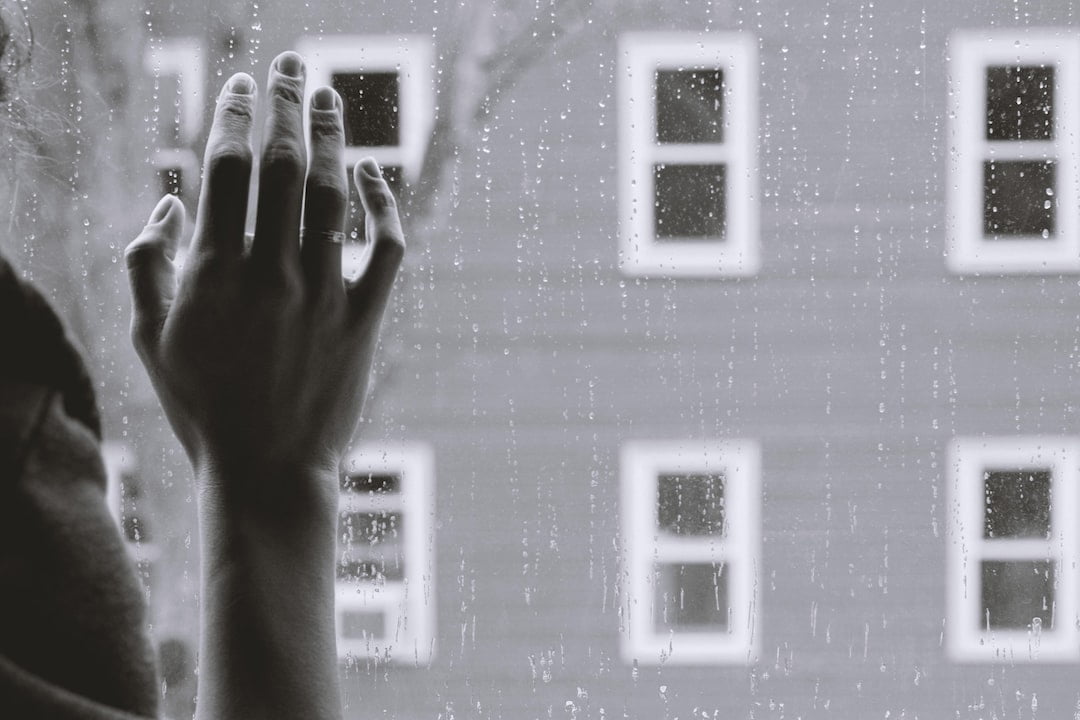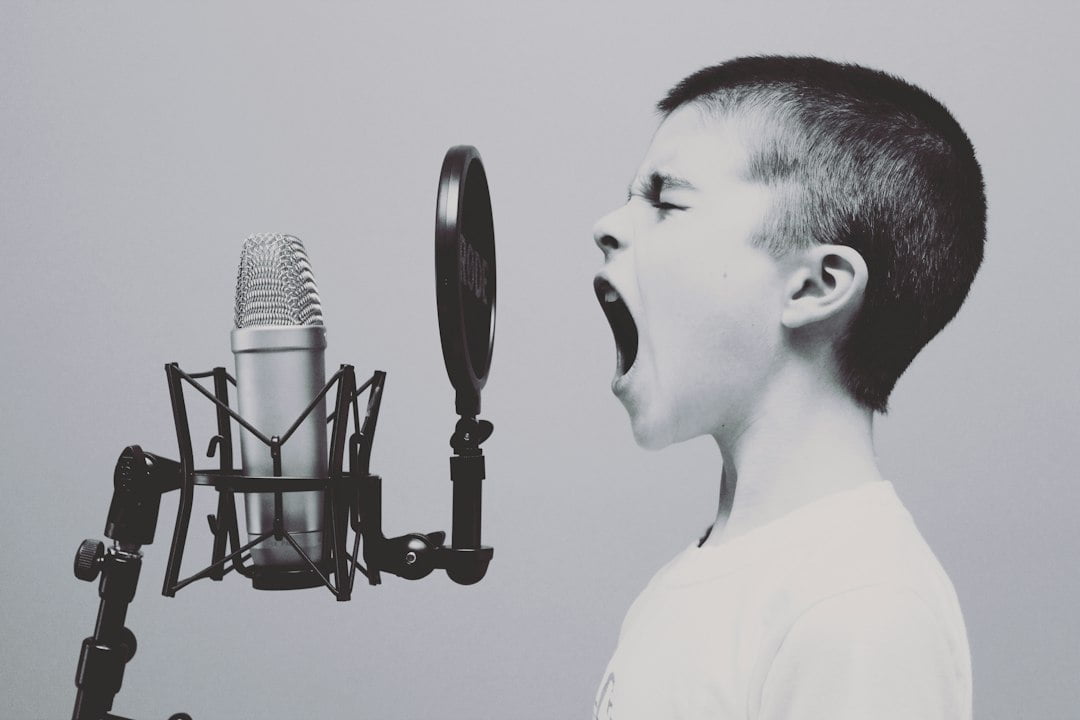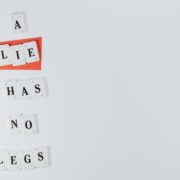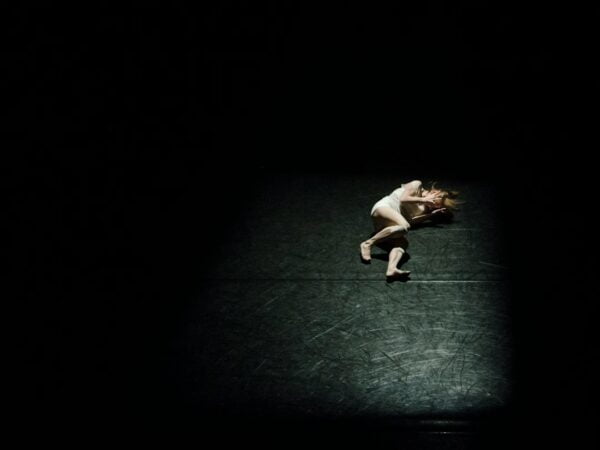
Unlocking Emotions through Art Therapy: A Journey of Healing and Creative Expression
Art therapy is a form of therapy that utilizes the creative process of making art to improve a person’s physical, mental, and emotional well-being. It is a holistic approach that combines psychology and art to help individuals express themselves, explore their emotions, and find healing. Art therapy can be beneficial for people of all ages and backgrounds, and it has been used to address a wide range of emotional issues, including trauma, anxiety, depression, and chronic illness.
The history of art therapy can be traced back to the early 20th century when psychiatrists began to recognize the therapeutic potential of art-making. Artists such as Adrian Hill and Margaret Naumburg were among the pioneers who explored the use of art as a means of self-expression and healing. Since then, art therapy has evolved into a recognized profession with trained therapists who use various art techniques to help individuals process their emotions and find healing.
The benefits of art therapy for emotional healing are numerous. Through the creative process, individuals are able to express themselves in a non-verbal way, allowing them to communicate their thoughts and feelings that may be difficult to put into words. Art therapy provides a safe space for individuals to explore their emotions, gain insight into their experiences, and develop coping strategies. It can also help individuals build self-esteem and self-confidence as they see their own creative abilities unfold. Overall, art therapy offers a unique and powerful approach to emotional healing that can be transformative for individuals seeking support.
Key Takeaways
- Art therapy can be a powerful tool for emotional healing and self-discovery.
- Creative expression through art can have a positive impact on the brain and promote relaxation and stress reduction.
- Combining art therapy with mindfulness and yoga can enhance the healing process.
- The role of the therapist in art therapy is to guide the client through their journey of healing and creative expression.
- Art therapy can be used to help children explore emotions, cope with chronic illness, and improve mental health.
The Science of Art Therapy: How Creative Expression Affects the Brain
Art therapy has been shown to have a profound impact on the brain. When engaged in the creative process, various regions of the brain are activated, including those responsible for emotion regulation, memory recall, and problem-solving. This activation can lead to changes in brain chemistry and neural pathways, resulting in improved mental health and emotional well-being.
One of the key mechanisms through which art therapy affects the brain is neuroplasticity. Neuroplasticity refers to the brain’s ability to reorganize itself and form new connections in response to experiences and learning. Through art therapy, individuals are able to engage in new and novel experiences, which can stimulate the growth of new neural pathways and strengthen existing ones. This can lead to improved cognitive functioning, emotional regulation, and overall mental health.
Research on the effectiveness of art therapy has shown promising results. Studies have found that art therapy can reduce symptoms of anxiety, depression, and trauma-related disorders. It has also been shown to improve self-esteem, increase self-awareness, and enhance overall quality of life. Additionally, art therapy has been found to be effective in improving physical health outcomes, such as reducing pain and improving immune function. These findings highlight the power of creative expression in promoting emotional healing and well-being.
Alternative Therapies for Emotional Healing: Combining Art Therapy with Mindfulness and Yoga
In recent years, there has been a growing recognition of the benefits of combining art therapy with other complementary therapies, such as mindfulness and yoga. Mindfulness is the practice of being fully present in the moment, without judgment or attachment. It involves paying attention to one’s thoughts, feelings, and sensations with curiosity and acceptance. Yoga is a mind-body practice that combines physical postures, breathing exercises, and meditation to promote relaxation and well-being.
Combining art therapy with mindfulness and yoga can enhance emotional healing by providing individuals with additional tools for self-reflection and self-care. Mindfulness can help individuals become more aware of their thoughts and emotions as they engage in the creative process, allowing them to gain deeper insights into their experiences. Yoga can help individuals connect with their bodies and release tension or stress that may be stored in their physical form. By integrating these practices into art therapy sessions, individuals can experience a more holistic and integrated approach to healing.
There are various art therapy exercises that incorporate mindfulness and yoga. For example, individuals may be encouraged to engage in a mindful art-making practice, where they focus their attention on the process of creating art, rather than the end result. This can help individuals cultivate a sense of presence and non-judgment as they explore their creativity. Yoga can also be integrated into art therapy sessions through gentle movement or breathing exercises that help individuals connect with their bodies and release tension. These combined practices can create a safe and nurturing space for emotional healing and self-discovery.
The Role of the Therapist in Art Therapy: Navigating the Journey of Healing and Creative Expression
| Topic | Metric |
|---|---|
| Number of Participants | 25 |
| Age Range | 18-65 |
| Gender | Female: 20, Male: 5 |
| Number of Sessions | 10 |
| Duration of Sessions | 90 minutes |
| Types of Art Used | Drawing, Painting, Sculpture, Collage |
| Therapist Qualifications | Master’s Degree in Art Therapy |
| Goals of Therapy | Self-expression, Emotional Regulation, Healing from Trauma |
| Outcome Measures | Pre and Post-Treatment Symptom Checklist |
| Results | Significant Reduction in Symptoms of Anxiety and Depression |
In art therapy, the role of the therapist is crucial in facilitating the creative process and supporting individuals on their journey of healing and self-expression. A trained art therapist has a deep understanding of the therapeutic potential of art-making and is skilled in creating a safe and supportive environment for individuals to explore their emotions.
The therapist plays a key role in helping clients navigate emotional challenges during art therapy sessions. They provide guidance and support as individuals engage in the creative process, helping them explore their emotions, gain insight into their experiences, and develop coping strategies. The therapist also helps individuals interpret their artwork, facilitating a deeper understanding of the underlying emotions and themes that may arise.
Additionally, the therapist acts as a witness to the individual’s creative expression, providing validation and empathy. They create a non-judgmental space where individuals feel safe to express themselves authentically. The therapist also helps individuals integrate their art-making experience into their daily lives, supporting them in finding ways to continue their creative exploration outside of therapy.
Expressing Emotions through Art: Techniques and Exercises for Self-Discovery and Healing
Art therapy encompasses a wide range of techniques and exercises that can be used for self-discovery and emotional healing. These techniques can vary depending on the individual’s needs and goals, but they all share a common focus on creative expression and exploration of emotions.
One technique commonly used in art therapy is free art-making. This involves giving individuals the freedom to create art without any specific guidelines or expectations. This allows individuals to express themselves freely and explore their emotions in a non-restrictive way. Another technique is guided imagery, where individuals are guided through a visualization exercise and then encouraged to create art based on their visualizations. This can help individuals tap into their subconscious mind and access deeper emotions or memories.
Collage-making is another popular technique in art therapy. It involves cutting out images or words from magazines or other materials and arranging them on a surface to create a collage. This can be a powerful way for individuals to explore their emotions and create visual representations of their inner world. Other techniques include painting, drawing, sculpture, and mixed media, each offering unique opportunities for self-expression and healing.
Art Therapy for Trauma: Unlocking the Power of Creativity to Heal from Past Experiences
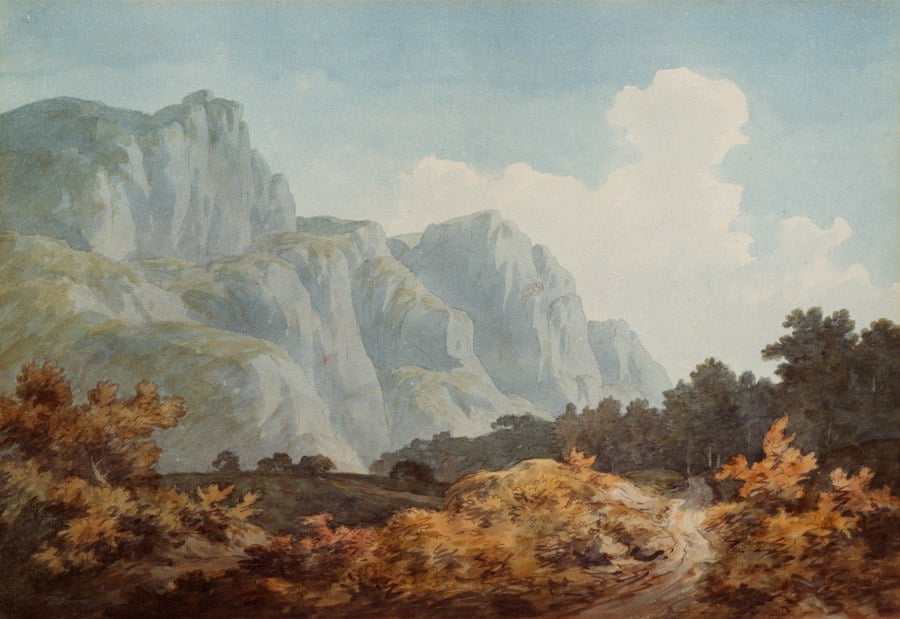
Art therapy has been found to be particularly effective in helping individuals heal from trauma. Trauma is an emotional response to a distressing event or series of events that overwhelms an individual’s ability to cope. It can have long-lasting effects on a person’s mental, emotional, and physical well-being.
Art therapy provides a safe and non-threatening space for trauma survivors to explore their emotions and process their experiences. Through the creative process, individuals can express and release pent-up emotions, gain insight into their trauma-related symptoms, and develop coping strategies. Art therapy also allows trauma survivors to reclaim their sense of agency and control over their own narrative, as they create visual representations of their experiences.
There are various art therapy exercises that can be beneficial for trauma survivors. For example, individuals may be encouraged to create a timeline of their life events using art materials, allowing them to visually map out their trauma history and identify patterns or triggers. Another exercise is creating a safe place image, where individuals create a visual representation of a safe and comforting space that they can mentally retreat to during times of distress. These exercises can help trauma survivors process their experiences, build resilience, and find healing.
Art Therapy for Anxiety and Depression: Using Creative Expression to Manage Symptoms and Improve Mental Health
Art therapy has been shown to be effective in helping individuals manage symptoms of anxiety and depression. Anxiety is characterized by excessive worry, fear, or apprehension, while depression is characterized by persistent feelings of sadness, hopelessness, or loss of interest in activities.
Art therapy provides individuals with a creative outlet to express and explore their emotions, which can be particularly helpful for those who struggle with verbal expression. Through the creative process, individuals can externalize their internal experiences and gain a sense of control over their emotions. Art therapy also offers a distraction from negative thoughts and rumination, allowing individuals to focus on the present moment and engage in a meaningful activity.
There are various art therapy exercises that can be beneficial for managing symptoms of anxiety and depression. For example, individuals may be encouraged to create a worry box, where they write down their worries or negative thoughts on slips of paper and place them in a box. This can help individuals externalize their worries and create a sense of containment. Another exercise is creating a gratitude journal, where individuals use art materials to visually represent things they are grateful for. This exercise can help shift focus from negative thoughts to positive aspects of life.
Art Therapy for Children: Helping Kids Explore Emotions and Build Resilience through Art
Art therapy can be particularly beneficial for children as it provides them with a non-verbal means of self-expression and exploration. Children may not have the language skills or emotional vocabulary to express their emotions verbally, but through art-making, they can communicate their thoughts and feelings in a visual and symbolic way.
Art therapy exercises for children often involve storytelling, role-playing, and play-based activities. For example, children may be encouraged to create a superhero or an imaginary friend using art materials, allowing them to explore their own strengths and qualities. Another exercise is creating a feelings wheel, where children use colors and symbols to represent different emotions. This can help children develop emotional awareness and regulation skills.
The role of the therapist in working with children during art therapy sessions is to create a safe and nurturing environment where children feel comfortable expressing themselves. The therapist may use age-appropriate language and techniques to engage children in the creative process and support them in exploring their emotions. They may also collaborate with parents or caregivers to ensure that the child’s emotional needs are being met outside of therapy.
The Benefits of Art Therapy for Chronic Illness: Using Creative Expression to Cope with Health Challenges
Art therapy can be a valuable tool for individuals coping with chronic illness. Chronic illness refers to a long-term condition that requires ongoing management and care. It can have a significant impact on a person’s physical, emotional, and social well-being.
Art therapy provides individuals with a creative outlet to express their emotions and cope with the challenges of living with chronic illness. Through the creative process, individuals can explore their feelings of grief, loss, or frustration, as well as find ways to adapt and cope with their health challenges. Art therapy also offers a sense of control and empowerment, as individuals create visual representations of their experiences and find meaning in their journey.
There are various art therapy exercises that can be beneficial for managing symptoms of chronic illness. For example, individuals may be encouraged to create a self-portrait using art materials, allowing them to visually represent their identity and sense of self in the context of their illness. Another exercise is creating a vision board, where individuals use images and words to represent their goals, aspirations, and hopes for the future. This exercise can help individuals focus on their strengths and possibilities, rather than their limitations.
Integrating Art Therapy into Your Health and Wellness Routine: How to Incorporate Creative Expression into Your Daily Life
Art therapy can be a valuable tool for self-care and emotional wellness, even outside of formal therapy sessions. Incorporating creative expression into your daily life can help you manage stress, process emotions, and find moments of joy and relaxation.
There are several ways to integrate art therapy into your health and wellness routine. One way is to set aside dedicated time for art-making each day or week. This can be as simple as spending a few minutes doodling or coloring in a coloring book. You can also explore different art materials and techniques to find what resonates with you the most.
Another way to incorporate art therapy into your daily life is to use art as a form of self-reflection or journaling. You can create visual representations of your thoughts, feelings, or experiences in a journal or sketchbook. This can help you gain insight into your emotions and provide a sense of release or catharsis.
Lastly, you can use art therapy exercises as a tool for relaxation or mindfulness. For example, you can engage in a mindful coloring exercise, where you focus your attention on the colors and patterns as you fill in a coloring page. This can help you cultivate a sense of presence and calm.
The benefits of using art therapy as a tool for self-care and emotional wellness are numerous. It allows you to tap into your creativity, express yourself authentically, and find moments of joy and relaxation. By incorporating creative expression into your daily life, you can enhance your overall well-being and cultivate a deeper connection with yourself.
If you’re interested in exploring the power of art therapy as a creative outlet for emotional expression and healing, you might find this article from Wave Magnets intriguing. Titled “The Transformative Effects of Art Therapy: A Journey of Self-Discovery,” it delves into the therapeutic benefits of engaging in artistic activities and how they can help individuals process and communicate their emotions. Discover how art therapy can be a powerful tool for self-expression and healing by reading the article here.
FAQs
What is art therapy?
Art therapy is a form of therapy that uses creative expression through art-making to improve and enhance the physical, mental, and emotional well-being of individuals.
What are the benefits of art therapy?
Art therapy can help individuals express and process their emotions, reduce stress and anxiety, improve self-esteem, enhance communication skills, and promote personal growth and self-awareness.
Who can benefit from art therapy?
Art therapy can benefit individuals of all ages and backgrounds, including those who have experienced trauma, individuals with mental health conditions, individuals with physical disabilities, and those seeking personal growth and self-awareness.
What types of art are used in art therapy?
Art therapy can involve a variety of art forms, including painting, drawing, sculpture, collage, and mixed media.
Do you need to have artistic skills to participate in art therapy?
No, artistic skills are not necessary to participate in art therapy. The focus is on the process of creating and expressing oneself, rather than the final product.
Is art therapy a substitute for traditional therapy?
Art therapy can be used as a complementary therapy to traditional therapy, but it is not a substitute. It is important to consult with a licensed mental health professional to determine the best course of treatment for an individual’s specific needs.
Where can I find an art therapist?
Art therapists can be found in a variety of settings, including mental health clinics, hospitals, schools, and private practices. It is important to ensure that the art therapist is licensed and has received proper training in art therapy.



